Plexiwire resin
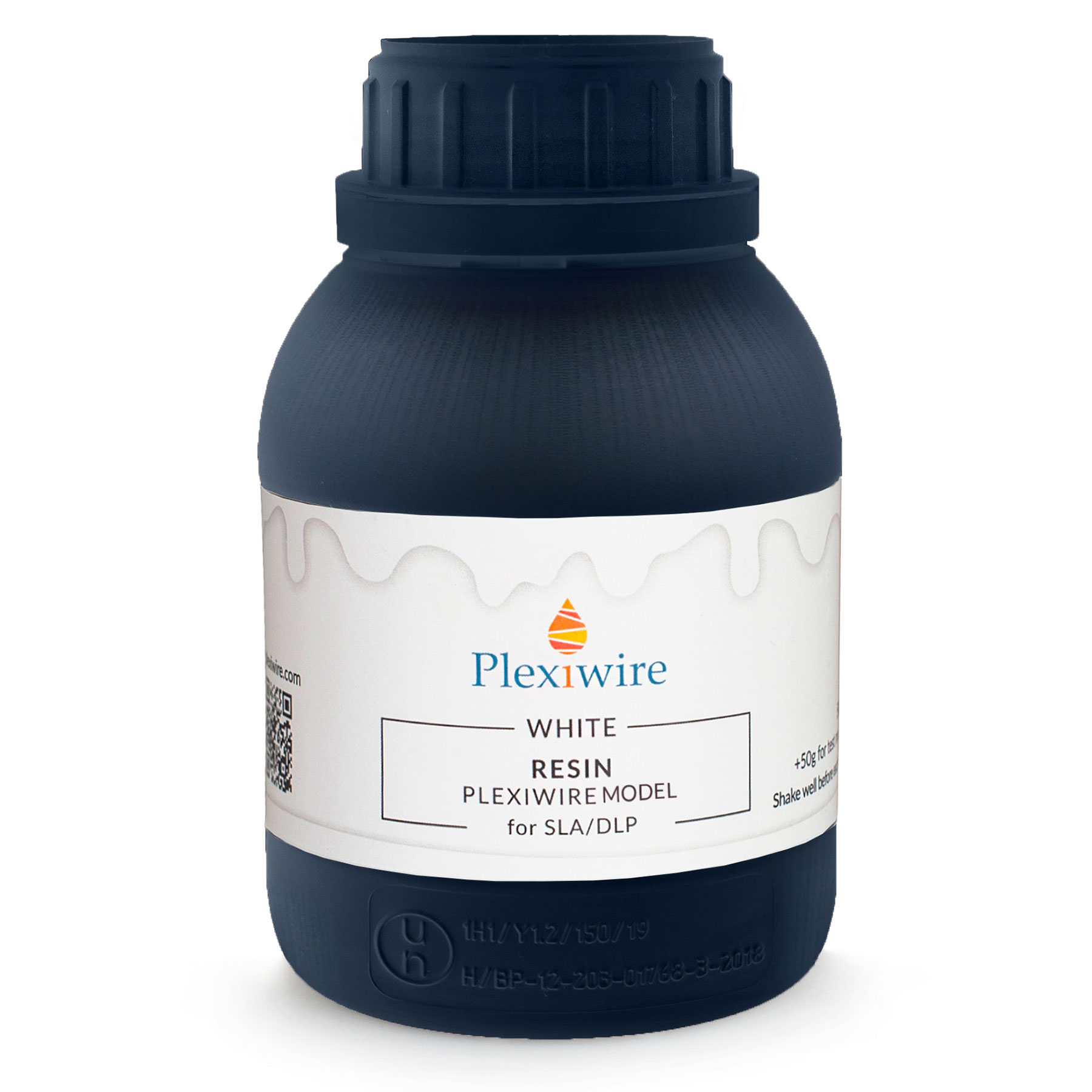
MODEL RESIN
Plexiwire Model Resin is a modeling resin. Excellent for general-purpose model printing, non-functional prototyping, and general printing. It has many colors and applications in many industries that use photopolymer 3D printing.
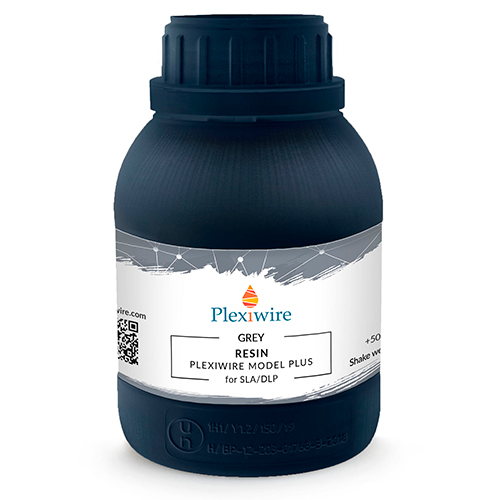
MODEL PLUS RESIN
Plexiwire Resin Model Plus from Model resin product line can help you move from modeling to functional printing. Model Plus resin has higher strength and lower brittleness than modeling resins. This allows the resin to be used for printing functional parts. It is also easy to use and fits for a wide range of applications.
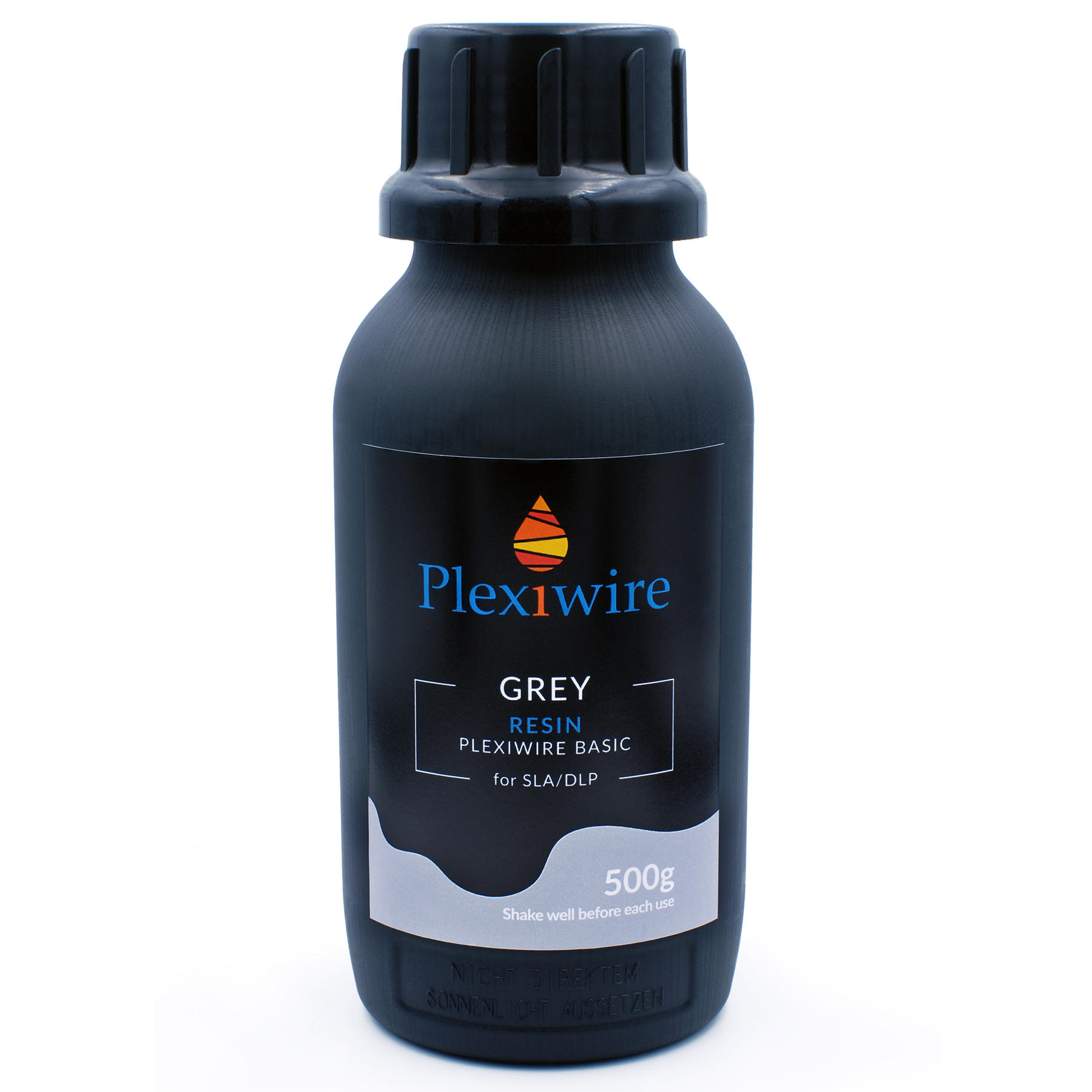
BASIC RIGID RESIN
Plexiwire Basic Rigid Resin is a resin from Plexiwire's engineering line. The basic resin for printing functional parts - from prototyping to bulk production printing. Basic Rigid is the solution for applications requiring a rigid solid resin that can withstand heavy loads.
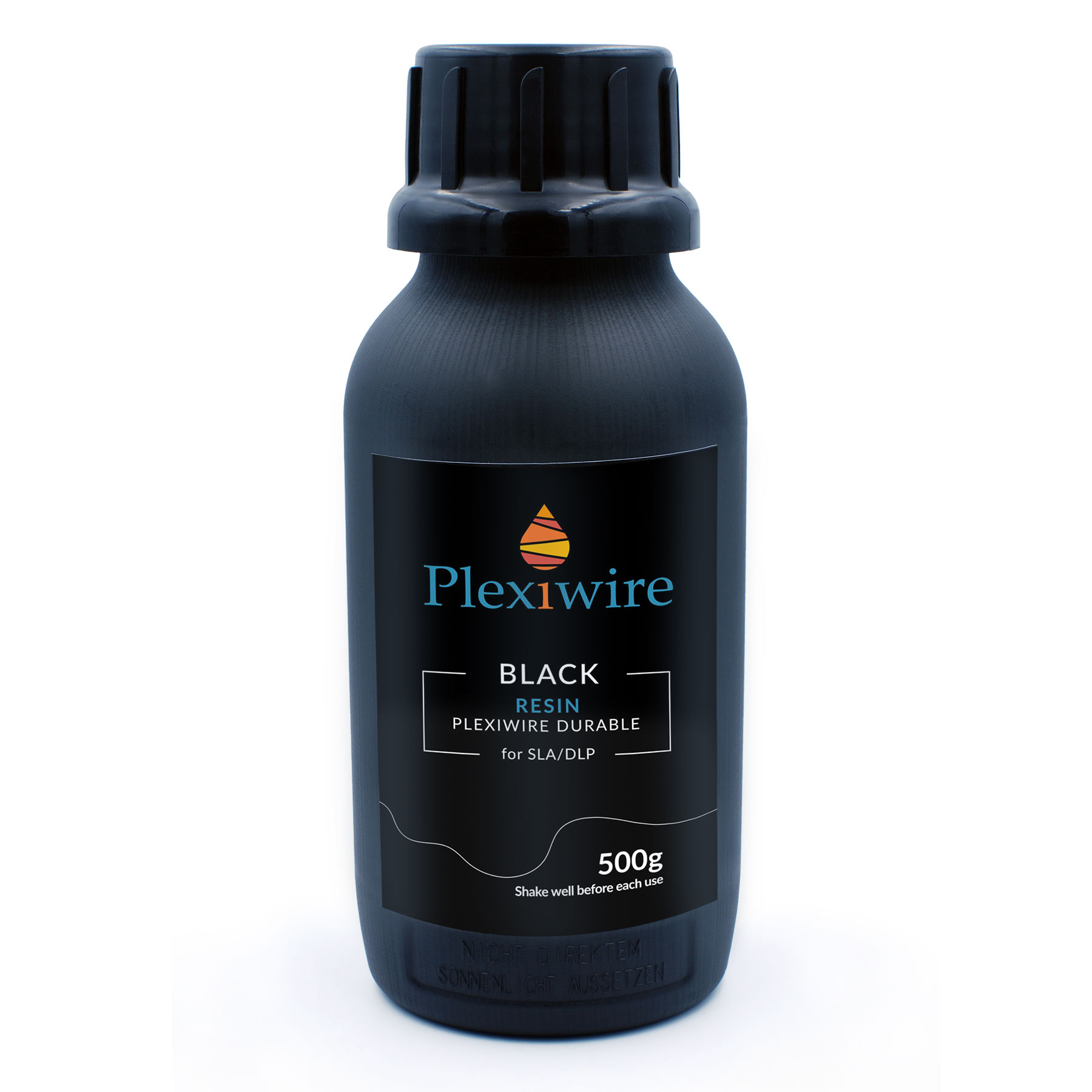
BASIC DURABLE RESIN
Plexiwire Basic Durable Resin is the photopolymer of the engineering resin line. Durable is a rigid solid polymer with excellent elasticity and a large margin of durability. It is used in projects where printed parts are subjected to high bending and impact loads or are in constant motion.
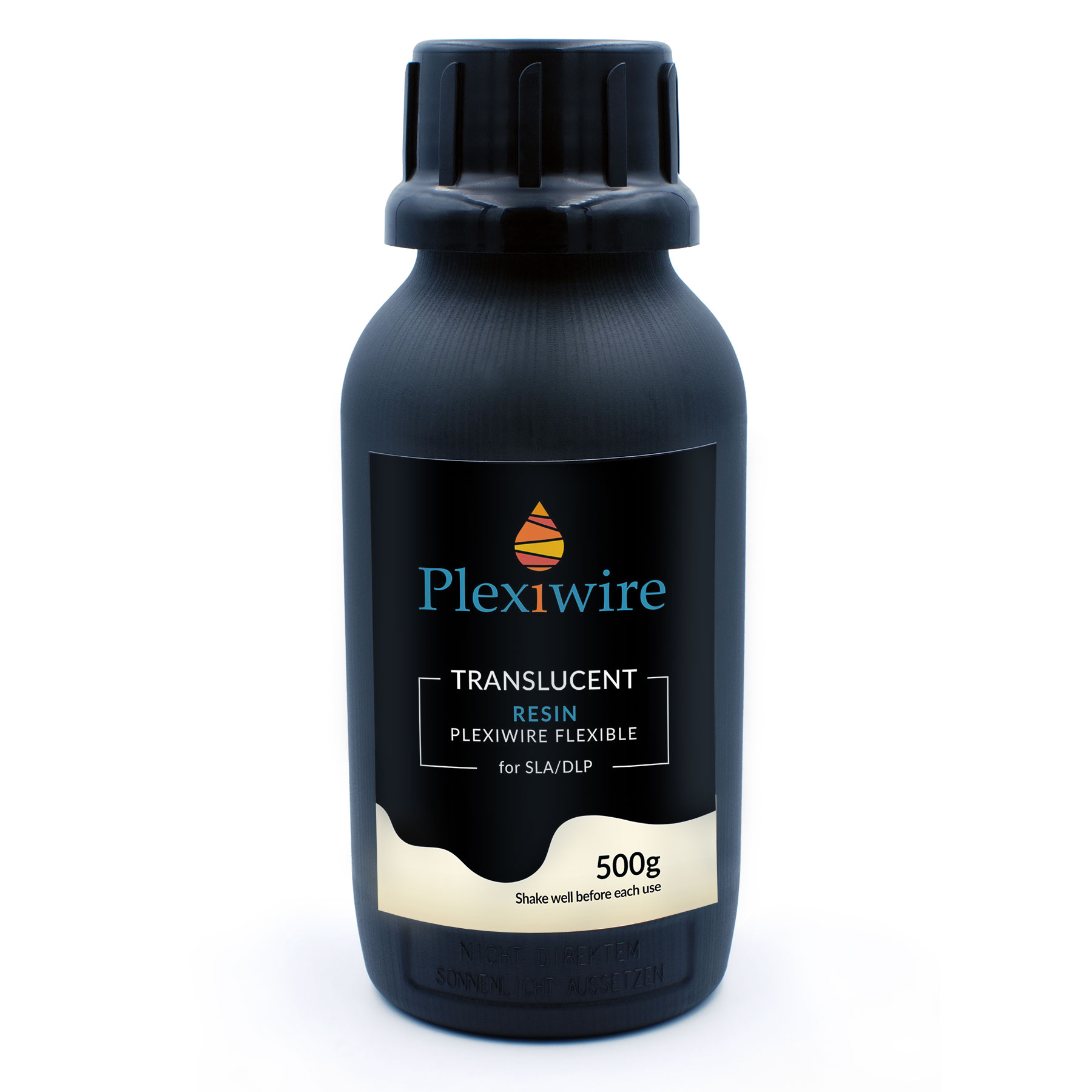
BASIC FLEXIBLE RESIN
Plexiwire Basic Flexible Resin is a photopolymer whose name speaks for itself. Functionally, it is a well-known polyurethane with its inherent properties. Its shore hardness is 86A—an excellent choice for applications involving printing with flexible yet durable engineering materials.
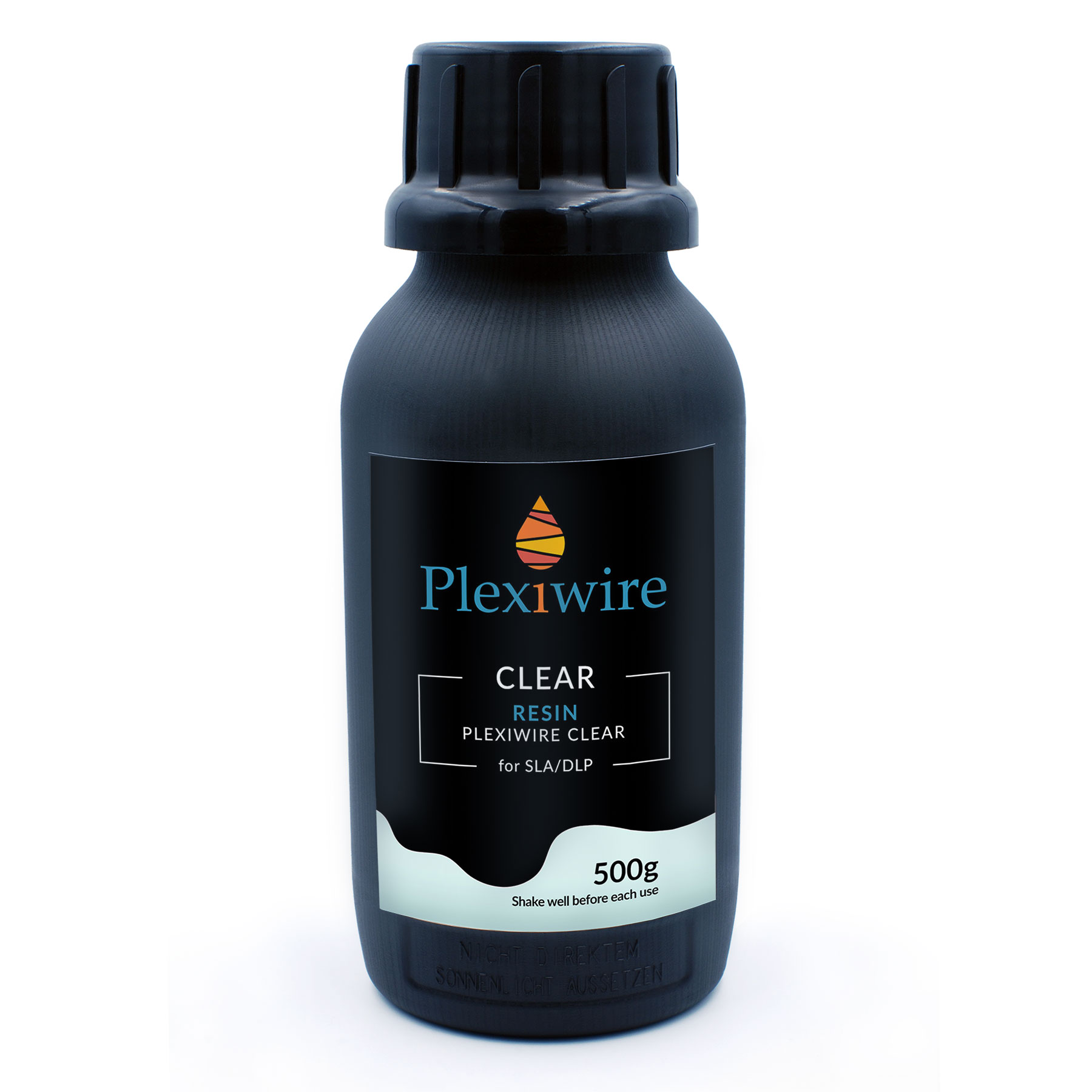
BASIC CLEAR RESIN
Plexiwire Basic Clear Resin is a photopolymer from the Plexiwire Basic engineering line for printing transparent models. The properties of this resin are very similar to Rigid resins except for the transparency. The printed parts can be perfectly polished for a transparent model.
Photopolymer resins are specialized polymers in liquid form that polymerize when exposed to ultraviolet (UV) radiation. These resins are an integral part of printing technologies such as stereolithography (SLA) and digital light processing (DLP) in additive manufacturing. In the 3D printing process, the printer projects a laser or beam (depending on the technology) of UV light onto the liquid resin, curing it intensely and precisely layer by layer to form three-dimensional objects with high detail and properties specific to each type of resin.
How does it work?
In the 3D printing process, the printer, which is SLA, DLP, or LCD, зге a laser or beam (depending on the technology) of UV light onto the liquid resin, which causes the portion of the resin to be cured. As each layer cures, the printing platform is lowered, and the next light layer is projected onto the resin. In this way, the object gradually, layer by layer, "grows" out of the liquid.
What photopolymers are available.
- Modeling resins:
- For general modeling and prototyping: These resins are ideal for creating rapid prototypes and mock-ups due to their optimal properties and affordable cost.
- Engineering resins:
- For engineering applications, mass production, and functional printing: Characterized by increased strength and resistance, they are ideal for producing durable parts and functional components.
- Resins for medical and dental applications:
- Specialized resins that have passed stringent quality and safety controls for medical and dental applications. They provide the precision and durability to create medical implants and other devices.
- Specialty High-Temperature Resins:
- These resins are explicitly created for situations requiring high-temperature resistance. They can withstand significant temperatures without losing their mechanical properties.
- Optional:
- There are also resins based on biodegradable materials, which makes them more environmentally friendly.
Applications of photopolymer resins:
- Prototyping:
- Photopolymer resins enable rapid and accurate prototyping of parts and components, significantly speeding up product development.
- General modeling:
- Resins are widely used to create mock-ups and basic models that can be the basis for further modifications and improvements.
- Functional Prototyping:
- To test and verify designs before moving to mass production.
- Art and Jewelry:
- The high level of detail that can be achieved with these resins has made them popular in art objects and jewelry creation.
- Dentistry:
- The resins are used to create crowns, bridges, and other dental appliances.
- Training and research:
- 3D models created with photopolymer resins can be visual aids and research tools.
- Mass production:
- By optimizing processes and materials, resins allow large batch production with high precision and uniformity.
- Creation of specialty tools:
- Using photopolymer resins, unique tools, fixtures, or parts can be made that are difficult or impossible to produce using traditional methods.
Advantages of photopolymer resins:
- High accuracy and detail.
- Fast printing process compared to other 3D printing methods.
- Wide range of materials available, including transparent, flexible, and specialized resins.
Photopolymer resins open new horizons for the 3D printing industry, giving consumers and professionals a tool to create high-quality and functional objects.